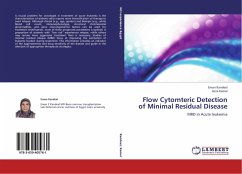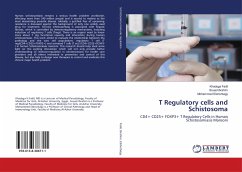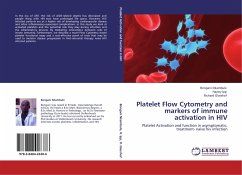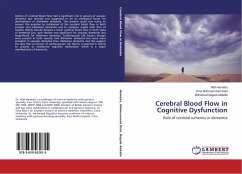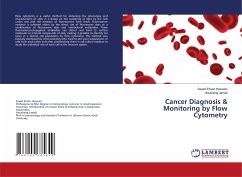A crucial problem for oncologist in treatment of acute leukemia is the characterization of patients who require more intensification of therapy to avert relapse. Although clinical (e.g., age, gender) and biologic (e.g., white blood cell count, immunophenotype, structural chromosomal abnormalities, and gene rearrangements) factors can be used for treatment stratification, none of these prognostic parameters is optimal. A proportion of patients with "low risk" experiences relapse, while others may receive more aggressive treatment than is necessary. Studies of minimal residual disease (MRD) focus at improving the estimation of leukemic burden during treatment. This information provides an indicator of the aggressiveness and drug sensitivity of the disease and guide in the selection of appropriate therapeutic strategies.
Bitte wählen Sie Ihr Anliegen aus.
Rechnungen
Retourenschein anfordern
Bestellstatus
Storno

